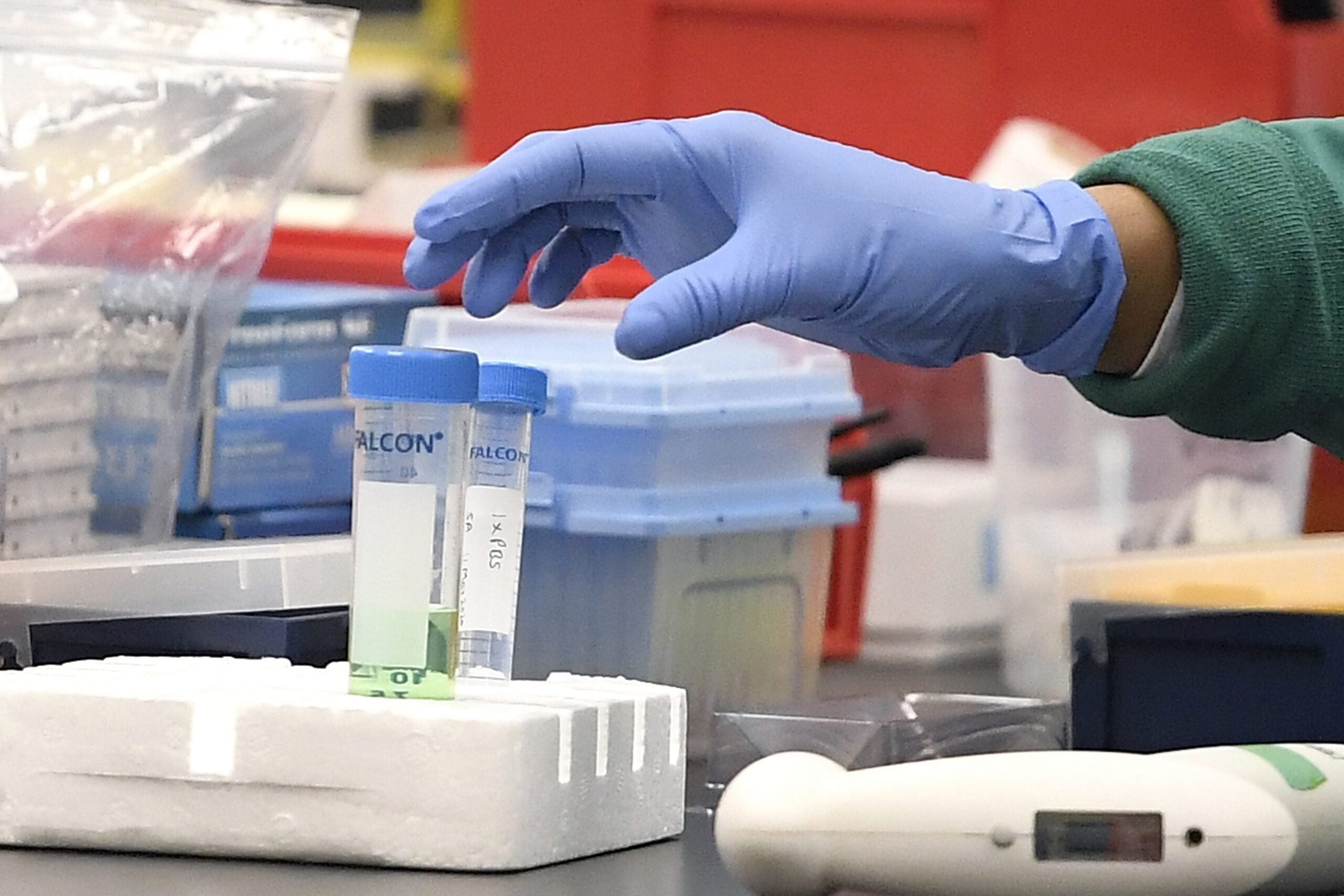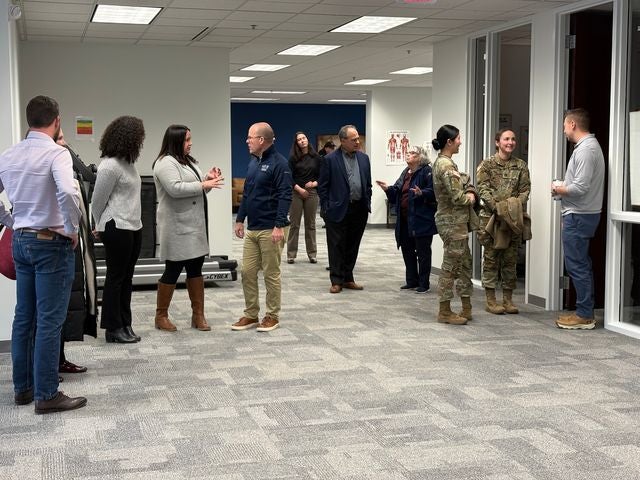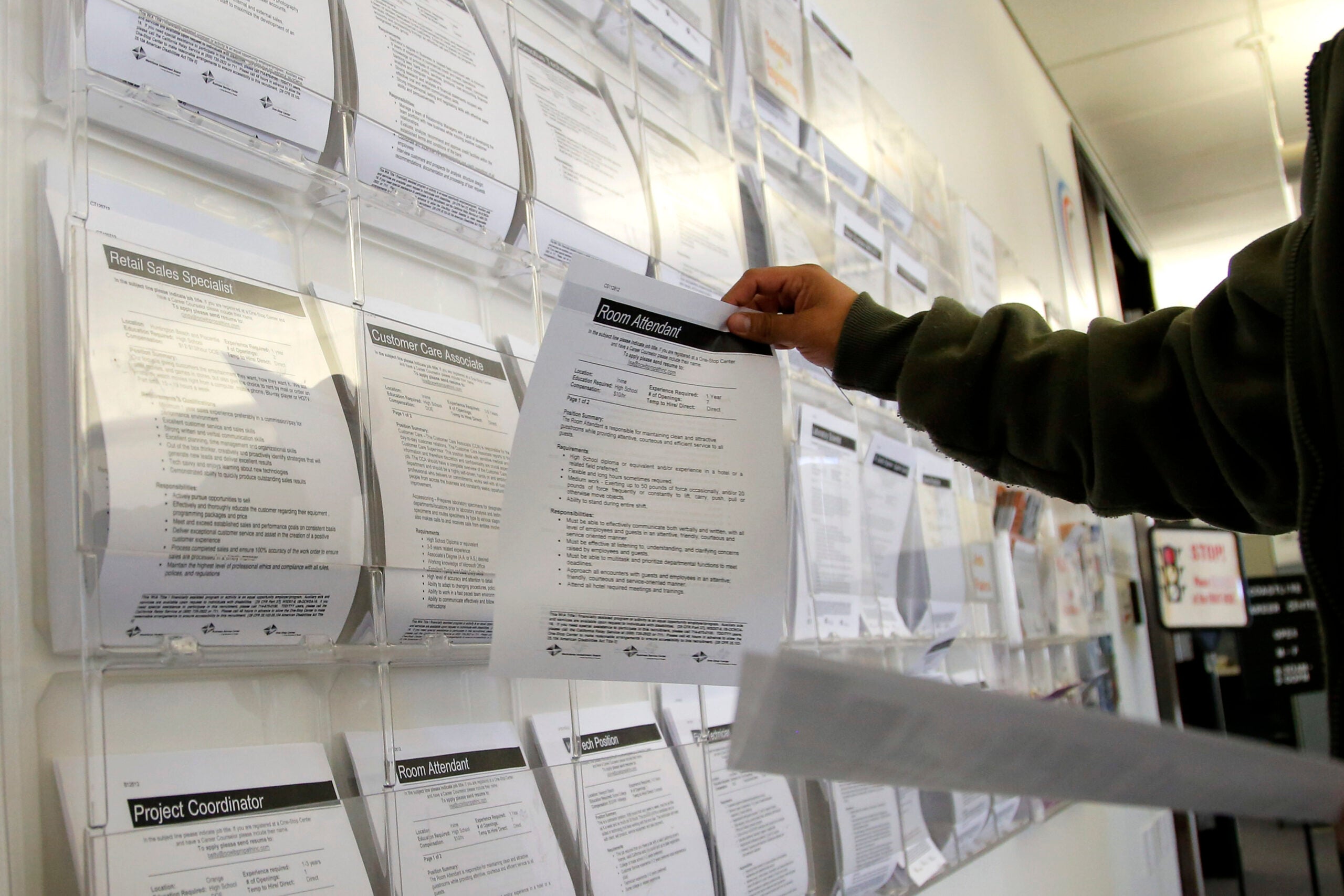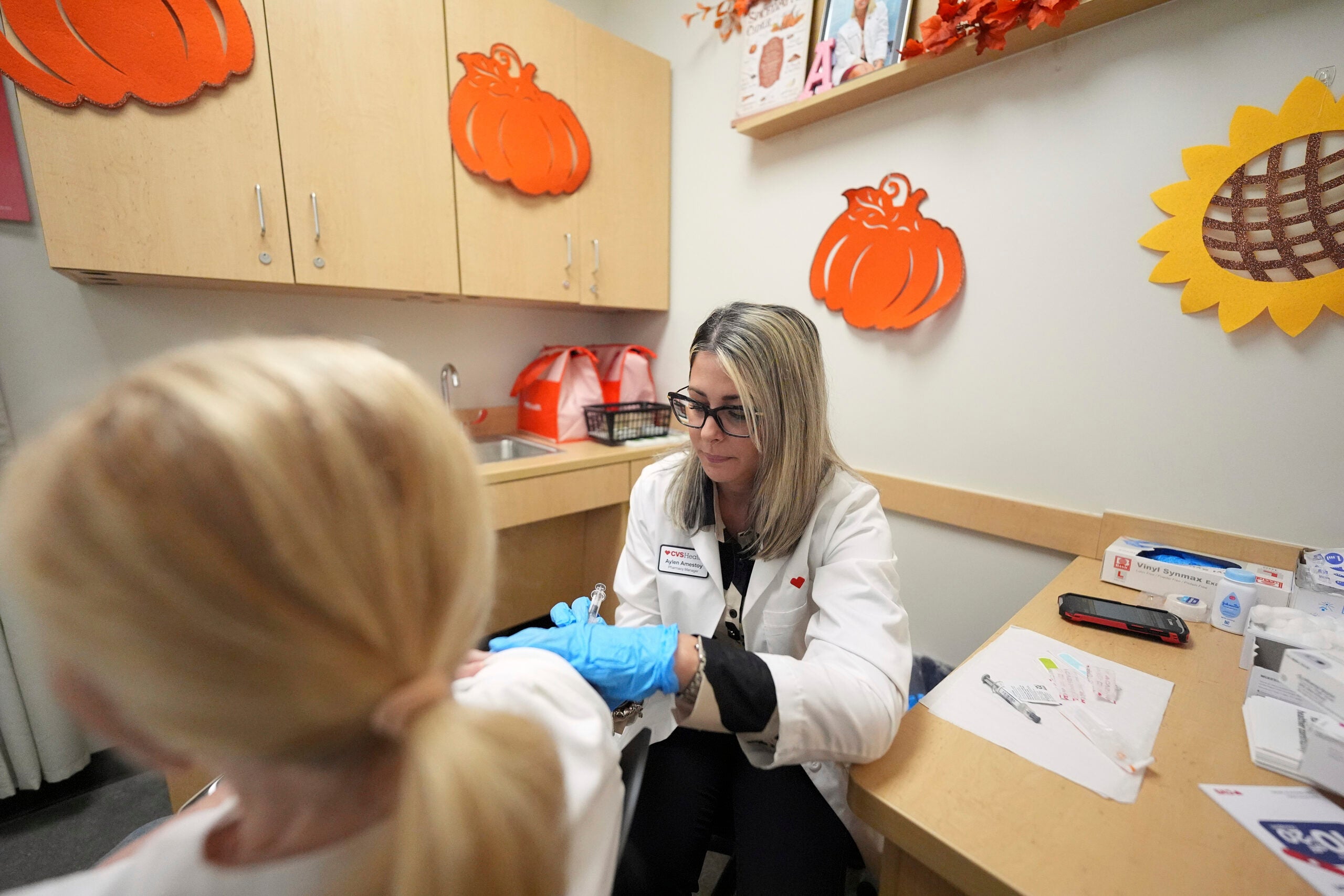As the number of cases of the novel coronavirus grows, so has the number of questions Wisconsin Public Radio is getting about COVID-19 through the WHYsconsin project.
Dr. Jeffrey Pothof, chief quality officer for UW Health, spoke with WPR’s “All Things Considered” to answer some of those questions.
This interview has been edited for brevity and clarity.
News with a little more humanity
WPR’s “Wisconsin Today” newsletter keeps you connected to the state you love without feeling overwhelmed. No paywall. No agenda. No corporate filter.
Q: Many people have sent in questions about the very basics. What are the symptoms of COVID-19 and when is the right time to contact a doctor?
Dr. Jeffrey Pothof: The most common symptom is fever, and individuals who have COVID-19 would also likely be experiencing cough, fatigue and some will have shortness of breath.
As far as when to call your doctor, if you feel like your symptoms are similar to a cold or the regular flu, and you’re handling it pretty well, it’s not inappropriate to take care of yourself in the home with normal, over-the-counter medications, However, if you start to get concerned with the level of shortness of breath that you have, or get to the point where you’re worried about what might happen, that would probably (be) a good time to contact your doctor (about seeking) care outside the home.
Q: Several people have also asked how the testing works, and whether there enough tests available for everyone who needs testing.
JP: We’ve sent out a strong message to call ahead. We are getting more and more testing kits every day, but at the same time we are trying to figure out who would benefit from a test, and then prioritize those individuals for testing. Even if we have enough test kits, we don’t have always enough people to do the testing in a super-fast manner.
As you start to (look at) higher-risk groups — individuals who potentially had international travel, or domestic travel with known community spread, who now have symptoms — those would be individuals we’d be pretty interested in testing. If you’re older and you have some symptoms, say, you’re 65 years old and you have some underlying heart disease or lung disease, we’d be more interested in testing those people.
People who are not particularly ill, there have been instances when they call our hotline, we’ll say, ‘Yeah, you’re a candidate, we want to test you, but unfortunately we don’t have anyone who can test you right now. Why don’t you isolate in the house and tomorrow we’ll send someone out to get you tested.’ Sometimes it’s not even same-day testing.
Once we do the test — the physical act of collecting the samples — the samples have to go to a lab. Until just a few days ago, our only option was really the state Lab of Hygiene. But we are seeing more private labs and other labs around the country bring this testing online. That is making our turnaround time quite a bit quicker. For the most part, the test itself only takes like four or eight hours to perform, so a lot of the tests are getting back within one and two days. And we hope that gets quicker as more centers are able to test.
Q: A key piece of guidance is that if you’re sick, stay home and restrict your activities. We’ve gotten questions about how much should people restrict normal activities if they’re not sick. One person asked whether it would be safe or prudent to take her children to the movies this weekend. Several have asked about the safety of going to restaurants. Another asked whether her family should cancel a trip to Wisconsin Dells for spring break. With the caveat that these answers could change as conditions change, what advice would you give now?
JP: This is the hardest question that we get. What we worry about with COVID-19 is that we won’t necessarily be able to contain its spread. If we don’t feel that we can contain it, and that it will get in the community, our only strategy to combat the rapid rate of infections is this idea I’m sure you’re hearing about, called social distancing, trying to keep people more than three feet away from each other. That is why you’re seeing these incredibly drastic efforts, such as canceling basketball tournaments (and) Disney World closing. These are all efforts intended to keep people from congregating.
Right now in Wisconsin without confirmed community spread, we can’t give a hard recommendation that some of these gatherings should be canceled. But at the same time, I don’t think it’s a bad idea for folks to think about ‘Is the event that I’m going to essential, or not essential?’ just out of an abundance of caution. Even if the science doesn’t support it today, it might support it tomorrow.
About healthy people: this is something I hear folks say … ‘I’m 20 years old, I’m 30 years old, I know that COVID-19 (if) I got it won’t be that severe. I’ll just keep doing what I’m going to do, because I don’t think I would get that sick.’ I can see the logic behind that, but the danger in that logic is that if people who feel that they might not get as sick go into the community and become the vectors that pass this disease along, sooner or later the people who are at risk will catch that disease. And if the rate of people catching the disease rises rapidly, we’ll outstrip the ability of the health care system to take care of them.
By practicing social distancing, we spread out the amount of time we have to take care of all the people who get infected and hopefully not outstrip the capacity of the health system. Although it’s hard to say what today to do in Wisconsin, these ideas of ‘How do I try not to congregate with large groups of people’ are not bad ideas.
Q: We’ve also received many questions about how quarantine works — in particular, how do you do that if you live with or care for others.
JP: Quarantine is where we take people who we think might have been exposed, and we say, ‘Why don’t you stay in your home for 14 days and see if you get symptoms.’ For those folks, we say, ‘Practice good hand hygiene, if you get symptoms let us know.’
The other issue that I think is a little trickier is those who are in isolation. Those who are (confirmed) positive in their home, that creates a lot of angst, because they’re worried they’re going to give it to other people in their home.
We know that people who are isolated in their home with COVID-19, the fact that they know that they have the disease, they become very careful with what they’re doing — hand hygiene, moving around. They tend to stay in a room that is not with the rest of the family. There are some small studies looking at the rate of transmission to other people in the house when you already have a positive COVID-19 patient in that house. Surprisingly, it’s under 10 percent.
With good hand hygiene and these good tactics, even living in the same house with a person with COVID-19, (isolation) tends to work out pretty good for most people.





